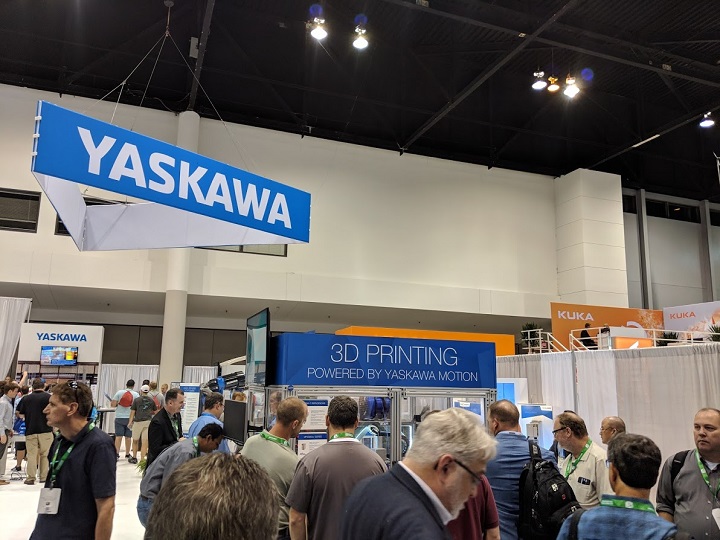
Competition is heating up in additive manufacturing; how does that make you feel?
Sometimes being a journalist is a lot like being a therapist. While it’s more often a trade show booth, factory room floor, or a phone than a comfortable couch, I often find myself nodding to an observation and then asking how that makes the speaker feel as I take careful notes.
Advances in additive manufacturing are creating a broader competitive landscape. This was especially in view in Chicago last week as the city hosted the biennial IMTS, where 3D printing for production showcased viable solutions in manufacturing. From formal sit-down interview to casual conversation, I found myself often dropping a question toward the end of each chat with industry participants: How do you feel about what the other guys are doing?
The manufacturing technology show was home to myriad announcements and introductions in additive, with new metal 3D printing systems and software particularly in focus. Polymer solutions were absolutely present as well, but metal shines especially well in the spotlight and has become the poster materials segment for production 3D printing.
Surrounded as everyone was by the thousands of exhibitors offering complementary and competitive solutions, comparing and contrasting solutions in both additive and subtractive manufacturing portfolios was an enduring exercise.
So what did participants have to say about “the competition”?
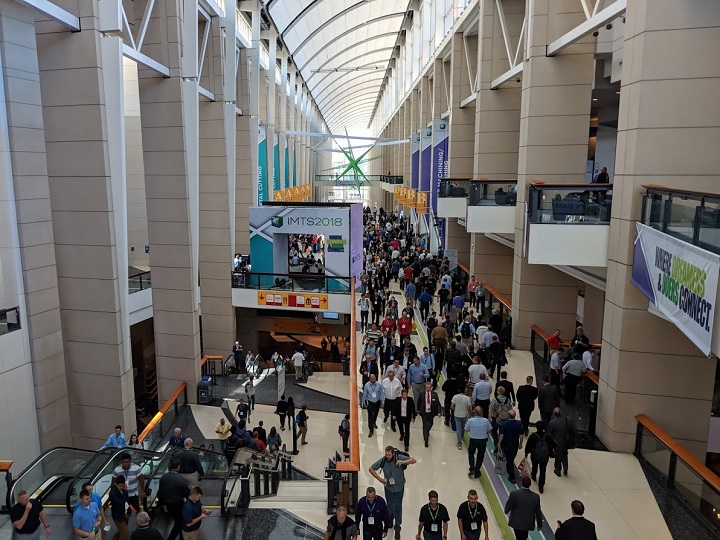
Happily, it wasn’t a question anyone shied away from; while many responses were somewhat blandly diplomatic, to a one everyone I spoke with agreed that competition is a good thing. (I agree.)
“All boats rise in a rising tide,” Evolve Additive Solutions’ CBO/CMO Bruce Bradshaw told me when we discussed competition as related to the company’s announcement today of new investment.
The tide of additive manufacturing is undeniably on the rise. Still healing from years of hype that cost some credibility for the industry, 3D printing is seeing increases in interest, investment, and adoption.
From the broadest perspective, we’re all in this together: no single entity is going to “do it all”; for all the benefits of additive manufacturing, the technology works best as part of a broader portfolio of solutions. That is, the actual disruptive capabilities of 3D printing lie in enhancing, not replacing, existing workflows.
Similarly, the companies at work within this industry can see a synergy arising from the work of many.
“I love sports,” Dr. Adrian Keppler, CEO of EOS GmbH, told me as we discussed his company’s latest metal system amidst a busier metal AM marketplace. “In sports, you push yourself, or you have someone pushing. It’s the same with industry. There is pushing to explore. Competition is great. It’s good for all these product announcements to be happening at IMTS.”
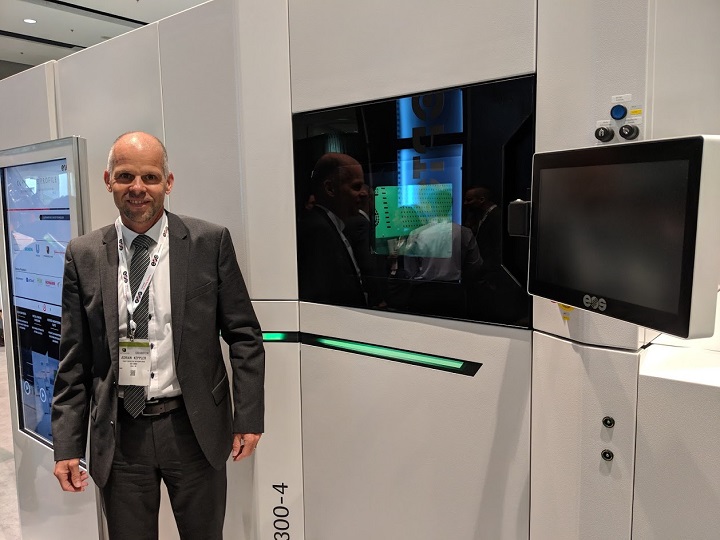
Rising competition pushing every participant to be better in their own rights was a common theme among these competitions.
“The added competition is great for the additive manufacturing industry — we need as many as possible for the industry to be taken seriously,” Tim Bell, VP, US Business Development, BeAM, said. “It makes us better, it makes the technology cheaper, it makes the industry advance.”
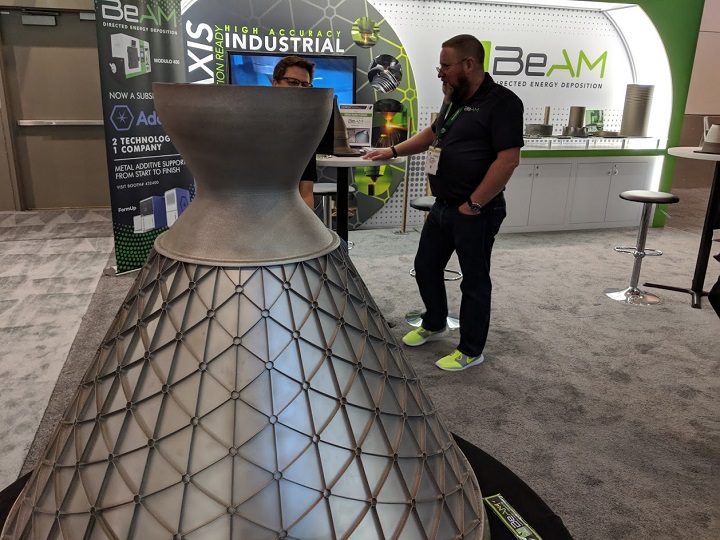
Some trends could be seen simply through walking through IMTS, as Dr. Tim Weber, Global Head of 3D Metals for HP, noted when we sat down:
“I’ve been so focused on [the HP Metal Jet launch], but what I’ve picked up from walking through the show: everyone is focused on production. We’re observing a shift in our industry.”

Weber was quick to follow that observation with the fact that metal 3D printing has a long road to go yet, as “manufacturing must be driven by economics.” Without additive manufacturing proving itself a viable business alternative for that all-important bottom line, the technology moves on its way from being an interesting niche or proof point of a nascent industry to being an industry in its own right.
Indeed, we are at that “tipping point,” as Markforged VP of Product Jon Reilly noted.
“Metal 3D printing is becoming economical across more and more applications,” he told me. “It’s a very exciting time: there’s more awareness, barriers to entry are dropping. My best guess is that this will accelerate quickly in the next few years.”
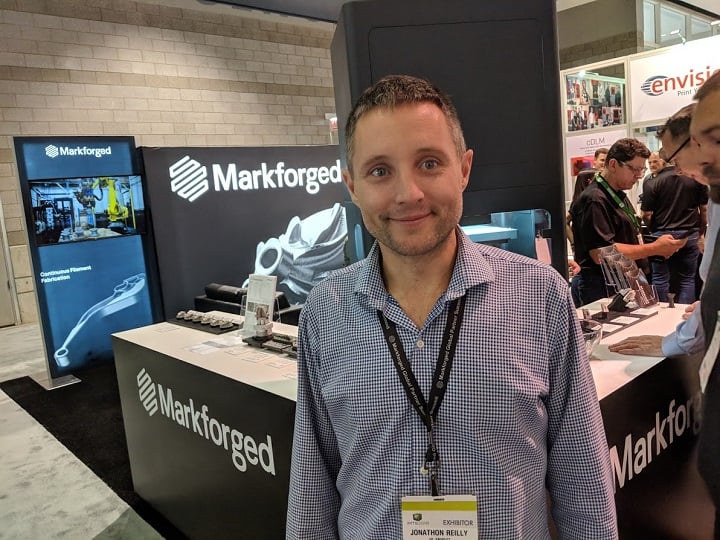
For its part, IMTS was a testament to the rise of additive in manufacturing. The Additive Manufacturing Pavilion at the 2016 event was memorable for having been present; two years later, its expansion was obvious.
Many companies displaying outside of the dedicated Pavilion space in the West Hall also showcased the ease with which these technology portfolios can fit alongside traditional machinery offerings. Velo3D had no shortage of foot traffic a trek away in the North Hall; Titan’s 3D printer was at work near a robotic bartender at the Yaskawa booth in the same hall.
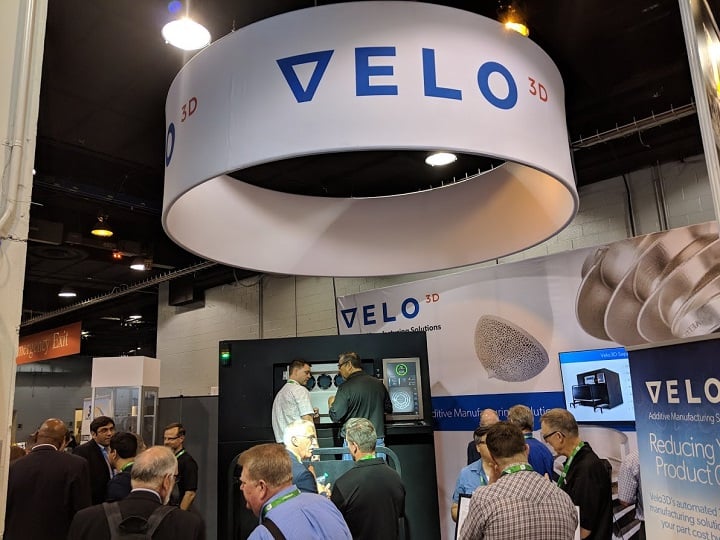
Competition is a fact of industry; that it’s picking up in 3D printing is indicative of larger trends toward the technology moving toward the mainstream.
Look at it how you will: healthy, sporty, inspiring, obnoxious. What competition comes down to is opportunity. The opportunity is presenting for 3D printing to take its place in mainstream production, and the industry — as a whole — is moving that way. Opportunities for co-creation with synergistic enterprises continue to arise, while in-house portfolios are also developing to provide end-to-end solutions. Whether by broadening to partnerships or M&A activity or by focusing inwardly on software/hardware/materials altogether, there’s no denying today that the industry is rising.
Lead, follow, or get out of the way, competition is picking up in additive manufacturing.











A blog post reveals much of what happens behind the scenes at 3D print service Shapeways.